Gustave Courbet was an intriguing artist whose paintings held great value in both the technical quality in which they were delivered, but also in the socially-aware content that many of them contained.
Courbet was, first and foremost, a member of the Realism movement and he sought to use these finely tuned skills to communicate his views on French society as it was back then, in the 19th century. This artist was particularly left-leaning and wanted his art to attract attention to the lives of the working poor, or peasants as they were then. You will immediately find this in some of his most famous paintings such as The Stone Breakers. Indeed, he captured just this single trade on multiple occasions and also captured farm labourers a lot as well.
The French art scene in the 19th century was full to the brim of new ideas and techniques aimed at developing an artist's use of expression within his work. The Impressionists were the best example of this. Courbet was very much into the honesty of art, though, capturing each and every detail of a scene in his paintings, just as it appeared at the time. He felt that the role of any artist was to do this, and not diverge from reality in any way. This makes his paintings now useful as a means to judge life in previous centuries, as well as just appreciating their technical qualities. French life during this period was going through a time of equality between the ruling classes and normal citizens. French art had traditionally only focused on the former, placing a visual separation between the two. This was no-longer acceptable to the masses and many flocked to the work of artists like Courbet who they found to be more in line with the changing values of society.
Just as the monarchy had been removed by the bourgeoise, so the art displayed in major institutions would also start to change. One of the key technical aspects of Courbet's painting style was to use large brushstrokes which added a feeling of activity and animation to his scenes. This had not really been seen before, or at least not in the way that this artist implemented it. From this point onwards many younger artists would take this idea and run with it, eventually adding their own unique extensions to the original intention. The desire to paint scenes of the countryside, plus peasants and labourers within them, came directly from his childhood. Gustave Courbet grew up in the town of Ornans and areas around there feature prominently in much of his work. He clearly returned there on many occasions as his career developed and found plenty of inspiration in this familiar environment.
His early years were also the time where he developed a particularly strong and confident personality which then made it hard for him to take onboard teaching when he eventually arrived in Paris. Courbet rejected much that came his way and preferred to continue along his existing artistic path. He did appreciate artists of the past from France, Spain and around the Flemish regions, though, and spent much time on his own studying their work in great detail in the many fine art institutions to be found around the French capital. The achievements of this artist are known to have been impactful on the Impressionist movement, which gifted us the likes of Monet, Manet and Renoir.
The artist's oeuvre is also known to have influenced several much more recent art movements, some of which may well surprise you. For example, even the likes of Picasso and Magritte have taken inspiration from his heavy brushstrokes and incorporated some of these techniques into their own work. They were both skilled enough to produce art along traditional lines, but just preferred to work within modern art styles such as Cubism and Surrealism. They also experimented with all manner of different mediums and techniques across their career, meaning that studying art history was a necessity in order to understand just what was possible. The art movement that is realism has fluctuated in popularity over recent centuries but it's key spearhead, Courbet, has always retained respect from both academics and also the general art public. It can be said that his paintings also bear some connection to the work of Classicism, Romanticism and Academic art. Those groups, likewise, rise and fell in popularity across the 20th century. Courbet's legacy remains tied to the depiction of the poor, just as with Pieter Bruegel of many years earlier.



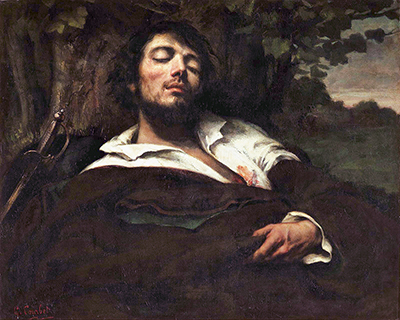
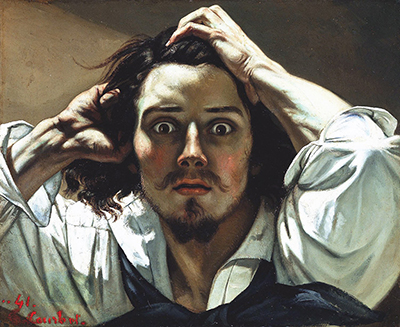
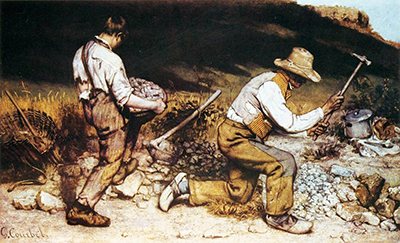
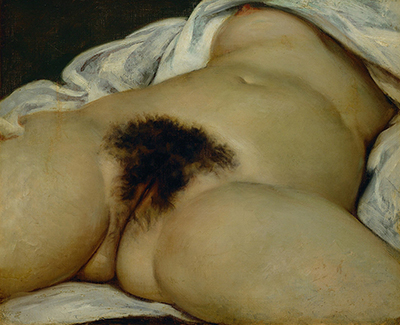
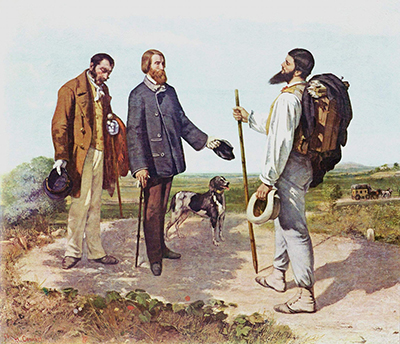
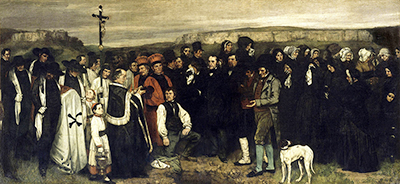
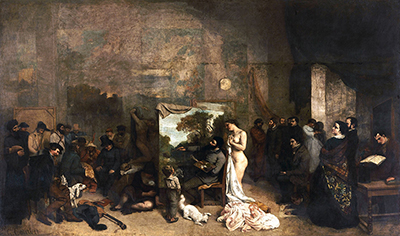
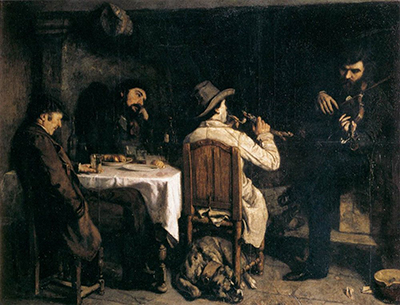
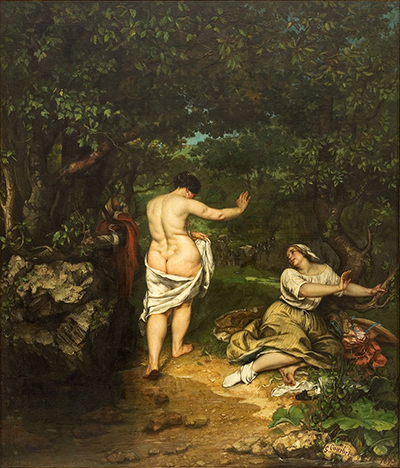
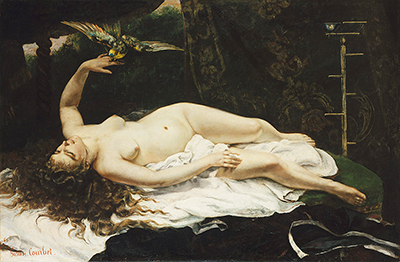
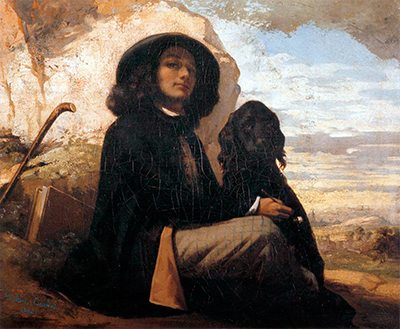
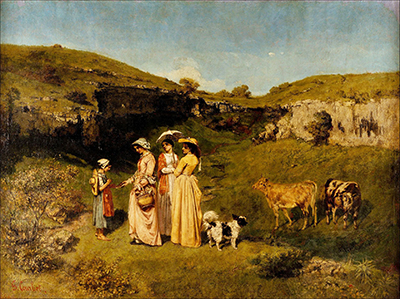
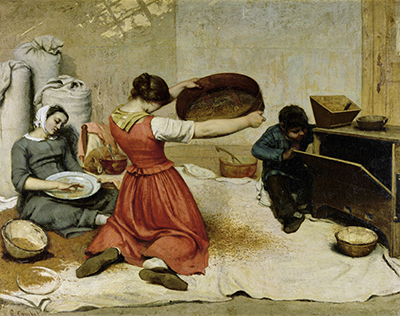
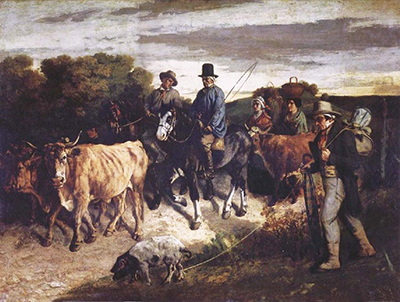
 Gustave Courbet.jpg)
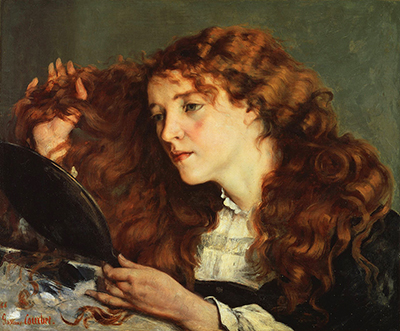
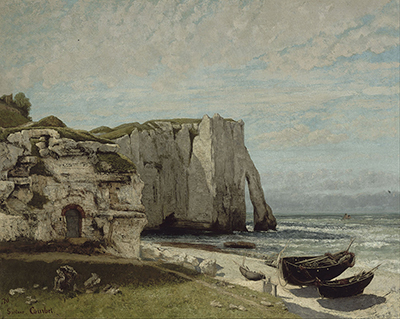
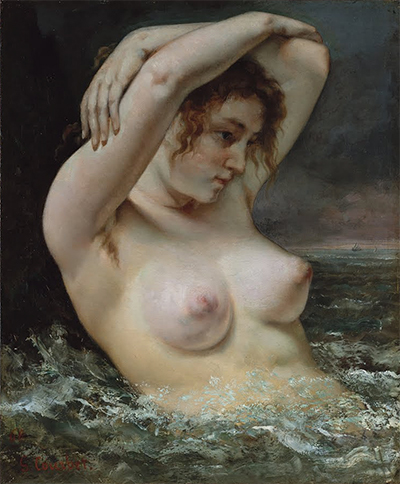
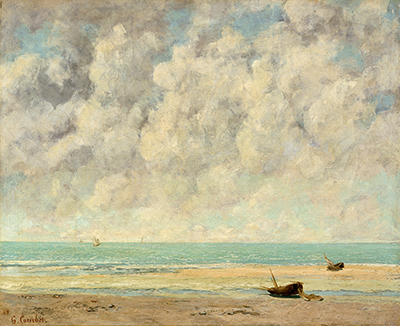
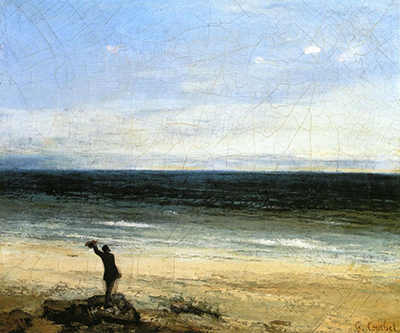
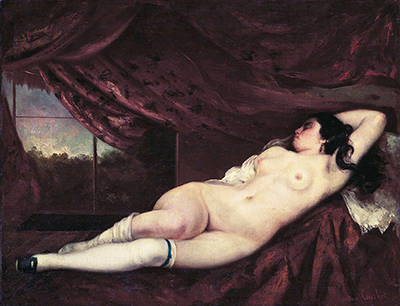
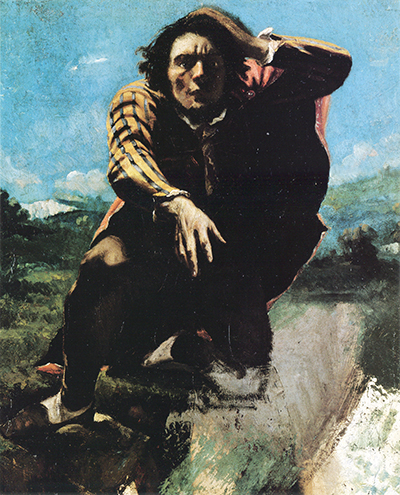
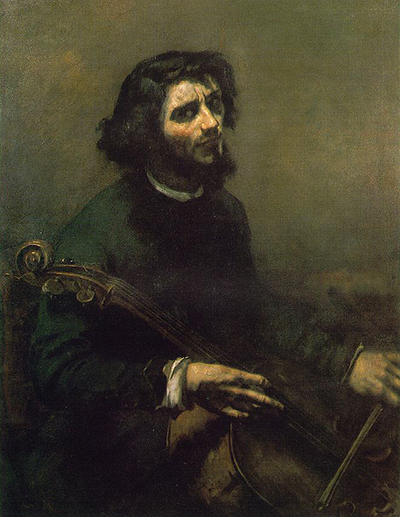
 Gustave Courbet.jpg)
